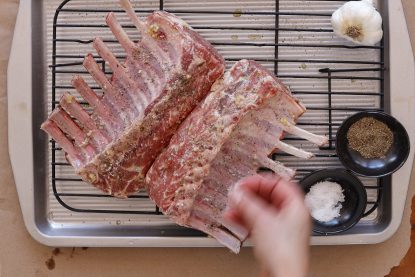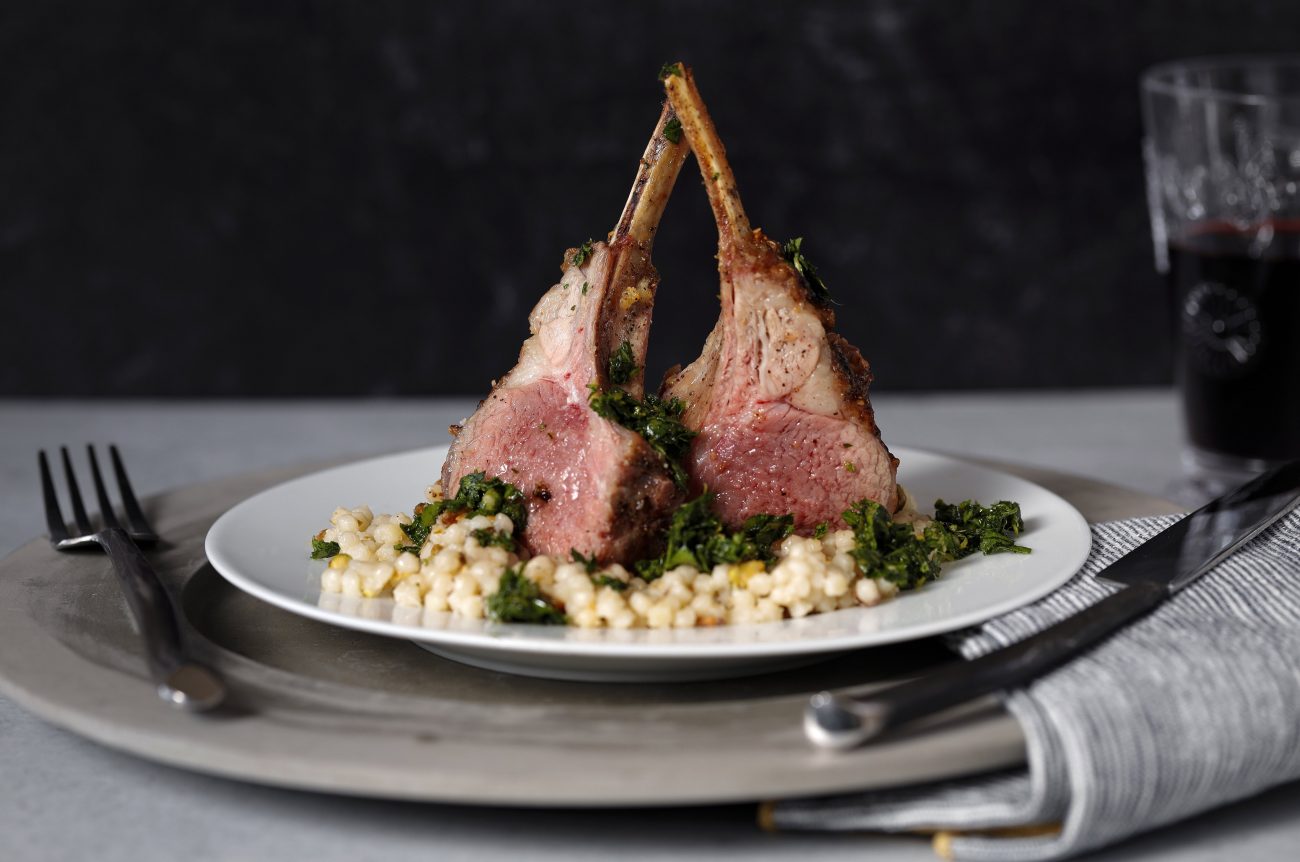One of God’s more timid creatures is embodied with deep religious symbolism forever tied to the Jewish and Christian faiths. The gentle lamb appears as a sacrificial saving grace from Exodus through the New Testament.
Sheep and their infant lambs have been raised for milk, wool and meat for more than 5,000 years. They have been in the Holy Land since at least the time of Abraham, and their importance in biblical times is evident. The words “sheep,” “lamb” and “shepherd” make hundreds of appearances in Scripture.
In Exodus, God prescribes the ritual paschal lamb by instructing Moses and Aaron to have each Israelite household slaughter and roast a year-old male lamb that is without blemish. Lamb becomes the center of the Passover (paschal) meal. Its blood is used to mark the doors of the chosen, which saves them from death as God strikes Egypt for its wrongful ways.
[hotblock]
In the New Testament, Jesus is the “Lamb of God, who takes away the sin of the world,” (Jn 1:29). The Eucharist celebrates the new Passover, in which Jesus “passes over” to his Father by his death and resurrection.
“For our paschal lamb, Christ, has been sacrificed,” says Paul to the Corinthians in explaining the new feast. (1 Cor 5:7)
At each eucharistic celebration, the church recites this refrain at the breaking of the bread:
“Lamb of God, you take away the sins of the world: have mercy on us. Lamb of God, you take away the sins of the world: have mercy on us. Lamb of God, you take away the sins of the world: grant us peace.”
One of humanity’s oldest occupations, shepherding also plays a vital role in biblical times. To be a shepherd requires responsibility, watchfulness and care. Both Old and New Testament texts draw comparisons between the shepherd and the Lord watching over his people and Christ laying down his life for humanity.
“I am the good shepherd. A good shepherd lays down his life for the sheep” (Jn 10:11).
A symbol of sacrifice, new life and protection, lamb is an important reminder of God’s saving grace. It remains a main dish on Jewish and Christian tables at Passover and Easter.
A roasted rack of lamb is quick and easy to prepare and makes an impressive dish for any occasion. Bright herbs garnish these ribs served on a bed of couscous with pistachios.

After rubbing the ribs with garlic oil, season well with kosher salt and ground pepper. Roast the ribs with the fat side up. (CNS photo/Nancy Wiechec)
Rack of lamb with gremolata and pistaschio couscous
Time: 1 hour
Servings: 6-8
Lamb
2 frenched racks of lamb, about 1.5 pounds each
2 cloves of garlic, minced
2 tablespoons extra-virgin olive oil
Kosher salt and ground pepper
Gremolata
1 bunch flat-leaf parsley, chopped
6 mint sprigs, leaves chopped
1 clove garlic, minced
2 tablespoons lemon zest
1 tablespoon extra virgin olive oil
1/2 teaspoon kosher salt
Couscous
2 boxes of Near East pearled couscous mix
1/2 cup roasted pistachios, shelled and roughly chopped
Mix the garlic and olive oil. With a sharp knife, score the fat on the back of the racks a few times. Rub the garlic oil all over the ribs and season with salt and pepper. Cover them with plastic wrap and let rest at room temperature for 20 minutes.
Preheat the oven to 450 degrees.
Make the gremolata by mixing the chopped parsley, mint, garlic, lemon zest and olive oil in a medium bowl. Set aside.
Put the lamb, fat side up, on a metal rack placed over a rimmed baking sheet. Roast for 25 minutes for medium-rare meat.
While the lamb is roasting, prepare the couscous according to the box instructions. Mix in the pistachios at the end of cooking.
Transfer the lamb racks to a carving board, stand them upright and let rest for 10 minutes. Carve the racks in between the rib bones. On individual plates, place two ribs on a bed of couscous and garnish with a generous sprinkling of gremolata. Serve immediately.




Share this story